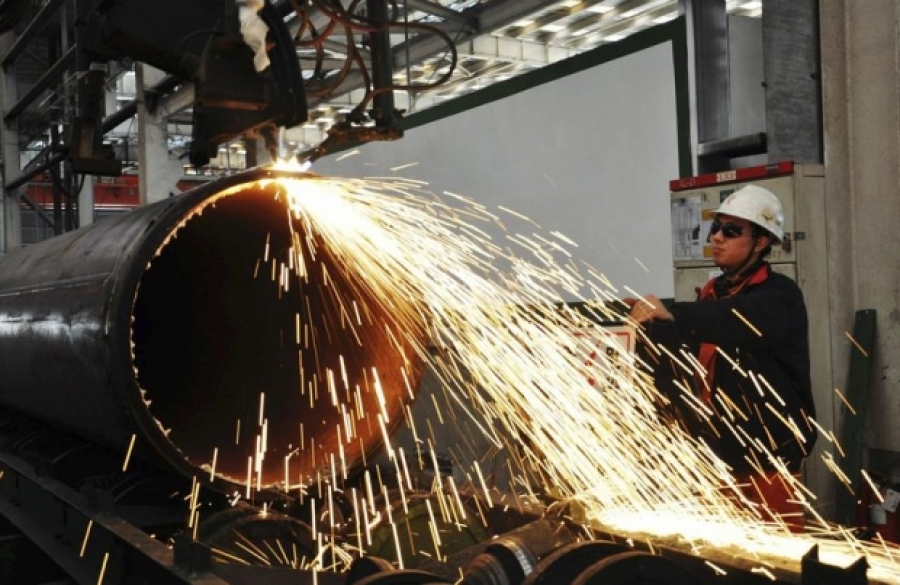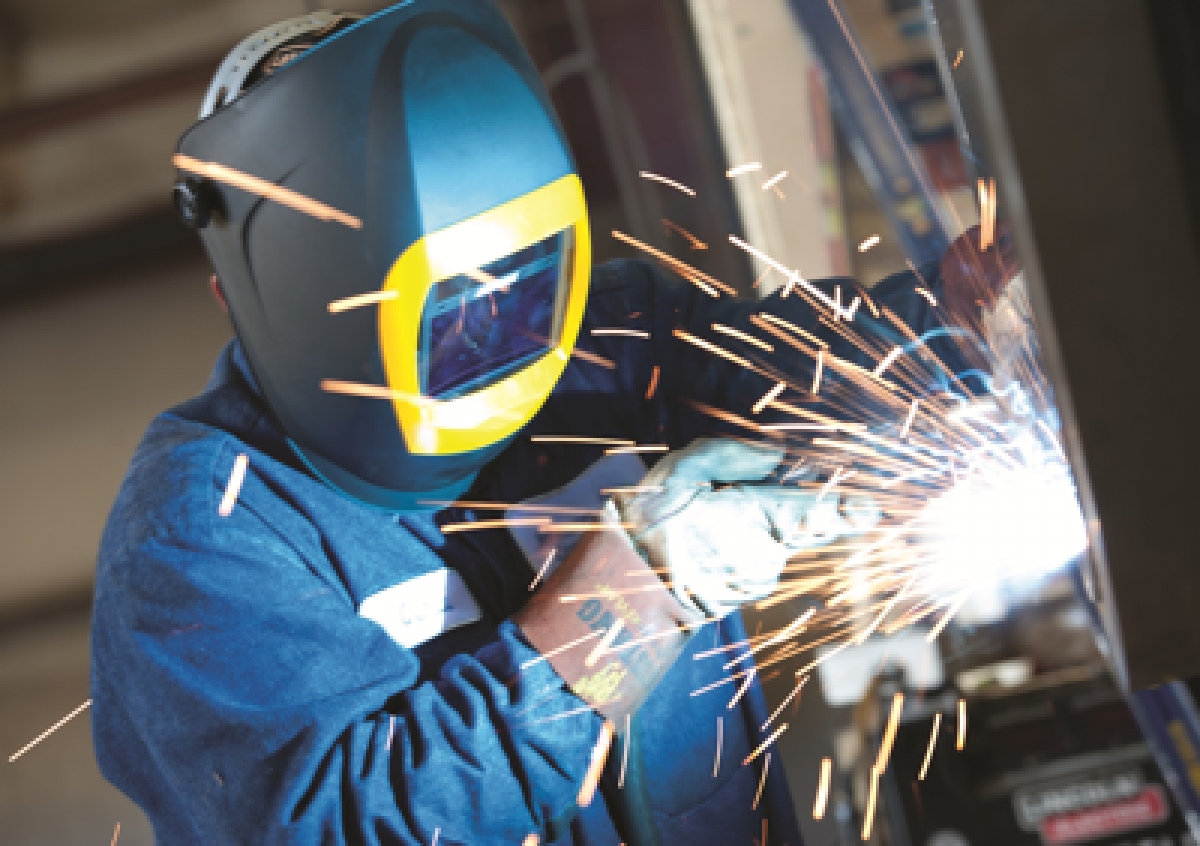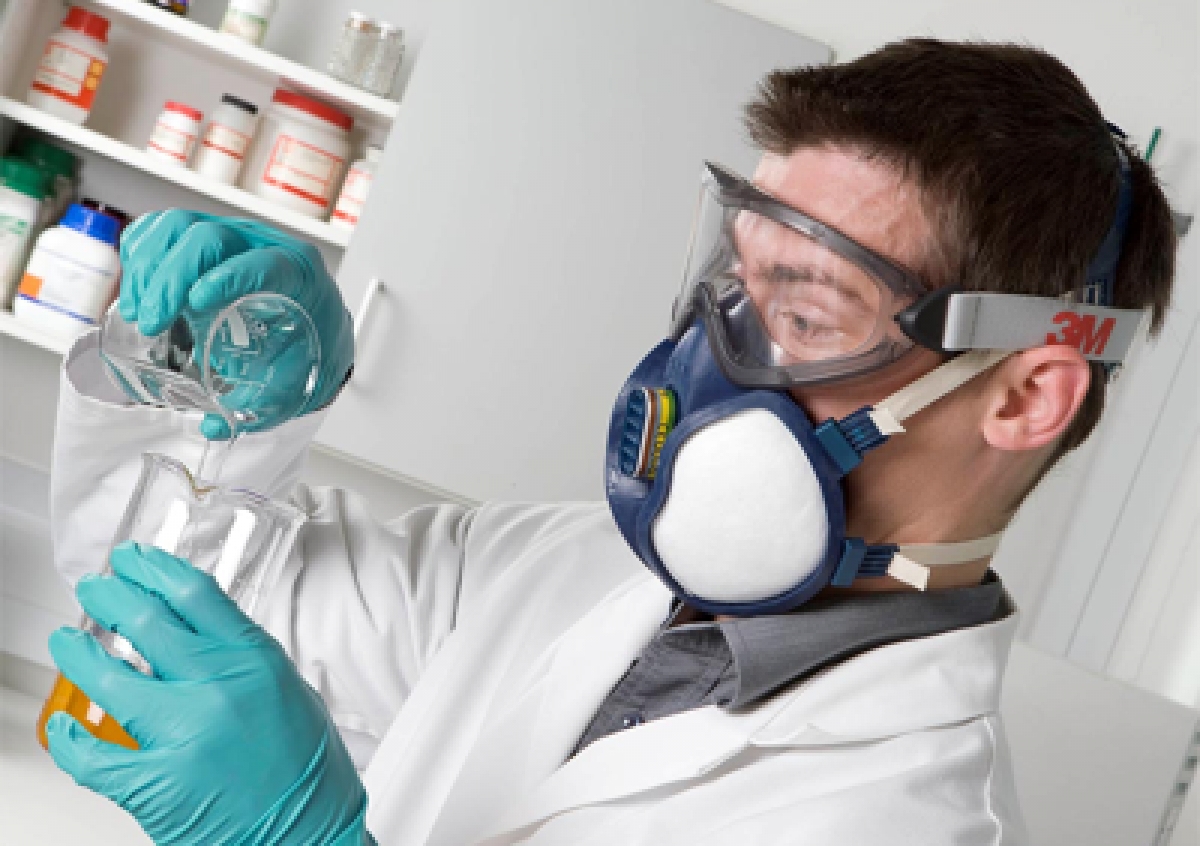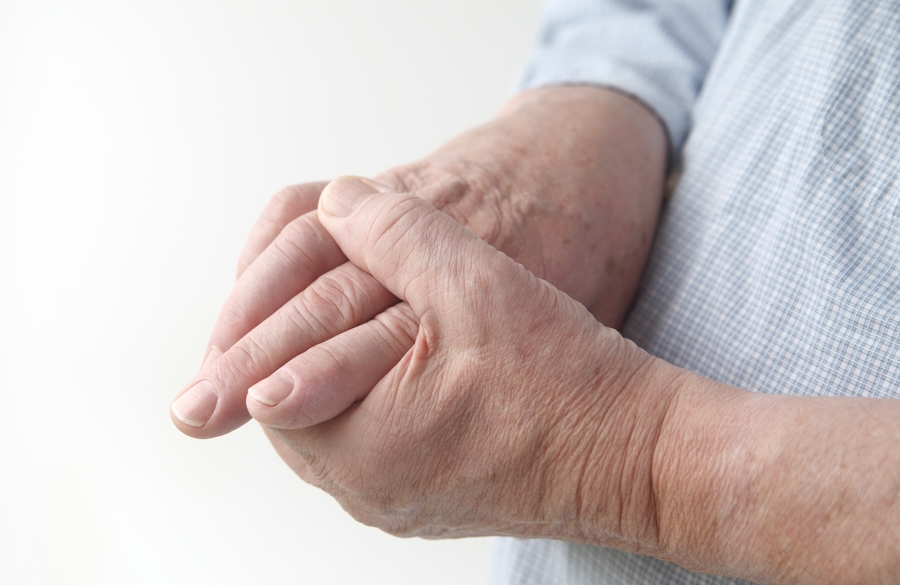Ministry aims to reduce occupational accidents to 2.58 in 1,000 workers next year

PUTRAJAYA, Oct 5 — The Human Resource Ministry is targeting to reduce workplace-related accidents to 2.58 cases in 1,000 workers throughout the nation by next year, said its minister Datuk Richard Riot, here today.
He said the government’s commitment in occupational health and safety (OSH) had improved Malaysia’s image tremendously, when the ministry achieved its target of three cases for every 1,000 workers for this year.
“Our target is to reduce the number of these occupational accidents to the international benchmark at two cases in every 1,000 workers by 2020.
“I believe we can achieve this target based on the programmes held annually to ensure safe and healthy working environment,” he told reporters after launching the 18th Conference on Occupational Safety and Health (COSH).
More than 1,500 delegates from the private and public sectors participated in the three-day conference themed ‘Fostering OSH Culture at the Work Place’ by National Institute for Occupational Safety and Health (Niosh).
Also present was Niosh chairman, Tan Sri Lee Lam Thye.
He added that statistics indicated that the industrial accident rate had fallen from 5.84 cases per every 1,000 workers in 2004 to 3.1 cases in 2014.
“This reduction is a reflection of the commitment and joint efforts by the government, employers and employees to reduce workplace accidents,” he said.
Last year, Malaysia recorded a total of 573 deaths due to work-related accidents, he said, adding that there were 27 deaths recorded as of June this year, compared to 72 in the same period last year in the construction sector.
Since the biggest challenge was to further reduce the accident rate and foster OSH as a work culture, Riot said the ministry would collaborate with Niosh United States and would sign a memorandum of understanding soon to enhance OSH practices.
Meanwhile, Lee said Niosh was playing its role to create awareness among the industries with regard to the need for compliance and adoption of safe practices at the work place.
“In coming years, we will intensify our activities and programmes to focus on the provision of training, consultation, conducting research and development and dissemination of information to industry players,” he said.
He added that a total of 5,265 training programmes had been conducted for various industries at the Niosh head office and regional offices nationwide last year, adding that fostering OSH culture should start from school to pave the way for students to have a strong foundation on OSH. — Bernama








